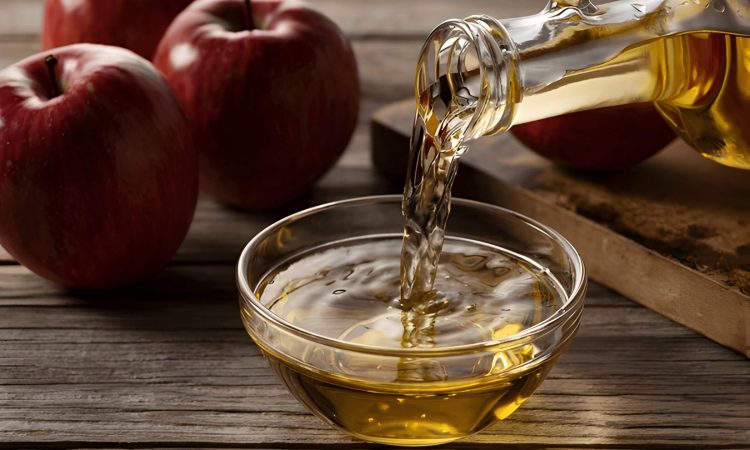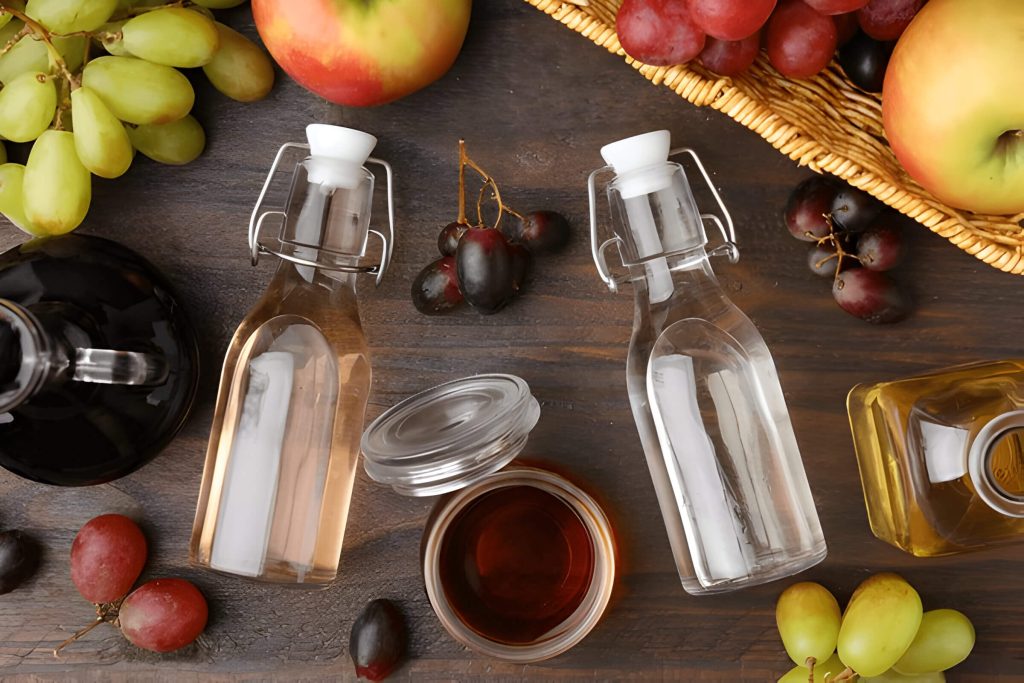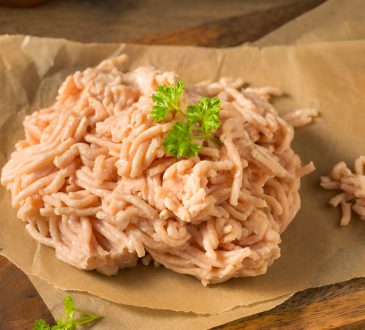
Vinegar, a kitchen staple, has a rich history and diverse uses. This guide explores natural vinegar production, covering what vinegar is, its types, essential ingredients, and fermentation. Learn how bacteria turn alcohol into acetic acid, methods for making vinegar at home, and solutions to common production issues. Discover the benefits of natural vinegar over commercial options. Join us to uncover the secrets of crafting your own natural vinegar.
The Basics of Vinegar Production
Vinegar is a versatile and widely used household staple known for its distinctive tangy flavor and various applications. But what exactly is vinegar, and how is it produced? Let’s delve into the basics of natural vinegar production, explore different types of vinegar, and understand its numerous uses.
What is Vinegar?
Vinegar is a liquid primarily composed of acetic acid (CH3COOH) and water. It results from the fermentation process where ethanol (alcohol) is converted by acetic acid bacteria into acetic acid. This transformation gives vinegar its characteristic sour taste and pungent smell.
Natural Vinegar Production
The production of natural vinegar involves two main fermentation processes: alcoholic fermentation followed by acetic fermentation. Initially, sugars in fruits or grains are fermented by yeast to produce alcohol. This alcoholic solution then undergoes a secondary fermentation where specific strains of bacteria (Acetobacter) convert the alcohol into acetic acid in the presence of oxygen.
Types of Vinegar
There are several types of vinegar, each with unique flavors and uses:
– White Vinegar: Made from grain-based ethanol; commonly used for pickling and cleaning.
– Apple Cider Vinegar: Produced from fermented apple juice; popular for culinary uses and health benefits.
– Balsamic Vinegar: Originates from Italy; made from grape must aged in barrels, known for its rich flavor.
– Wine Vinegars: Derived from red or white wine; often used in salad dressings and marinades.
– Rice Vinegar: Made from fermented rice; essential in Asian cuisine for sushi rice seasoning.
Vinegar Uses
Vinegar’s applications extend beyond cooking:
– Culinary Uses: Enhances flavors in recipes, acts as a preservative in pickling, tenderizes meat.
– Cleaning Agent: Effective natural cleaner due to its acidity; removes stains, disinfects surfaces.
– Health Benefits: Promotes digestion, supports weight loss efforts when consumed moderately.
– Gardening Aid: Controls weeds naturally without harmful chemicals.
Understanding the fundamentals of natural vinegar production not only enriches our appreciation for this common ingredient but also highlights its diverse roles across various domains. Whether you’re using it to add zest to your meals or as an eco-friendly cleaning solution, vinegar remains an indispensable part of everyday life.
The Primary Ingredients to Make Natural Vinegar

To create natural vinegar, understanding the primary ingredients and their roles is essential. The process begins with selecting the right raw materials for vinegar, which typically include fruits or grains. These raw materials provide the necessary sugars that will be converted into alcohol and eventually into acetic acid.
The next crucial component in making natural vinegar is the use of natural fermenting agents. Yeast is often introduced to convert the sugars in your chosen raw material into alcohol through fermentation. This stage can take anywhere from a few days to several weeks, depending on the type of fruit or grain used and environmental conditions.
Once you have an alcohol base, acetic acid bacteria are introduced to convert this alcohol into acetic acid, which gives vinegar its characteristic tangy flavor. This secondary fermentation process can take several more weeks, allowing the bacteria to fully develop and infuse your liquid with acidity.
Creating natural vinegar involves three primary ingredients: a sugar-rich raw material like fruits or grains, yeast as a fermenting agent for converting sugars to alcohol, and acetic acid bacteria for transforming that alcohol into acetic acid. By carefully managing these components and allowing ample time for each stage of fermentation, you can produce high-quality natural vinegar at home.
The Fermentation Process (Turning Alcohol into Acetic Acid)
The transformation of alcohol into acetic acid is a fascinating process known as acetic acid fermentation, which is essential in the production of vinegar. This biochemical process involves the oxidation of ethanol (alcohol) by specific types of bacteria, primarily Acetobacter and Gluconobacter. These bacteria thrive in oxygen-rich environments and utilize ethanol as a substrate to produce acetic acid.
During the fermentation process for vinegar, the alcohol undergoes two distinct stages. Initially, yeast converts sugars present in the raw material—such as fruits or grains—into ethanol through alcoholic fermentation. Following this stage, acetic acid bacteria take over and oxidize the ethanol into acetic acid. The overall chemical reaction can be simplified as follows:
C2H5OH (ethanol) + O2 (oxygen) → CH3COOH (acetic acid) + H2O (water)
This conversion is critical for producing high-quality vinegar with a characteristic tangy flavor and preservative properties. The controlled environment ensures optimal conditions for bacterial activity, including appropriate temperature, pH levels, and oxygen supply.
Understanding the intricacies of this fermentation process not only sheds light on how vinegar is made but also highlights its importance in culinary applications and food preservation throughout history. As we delve deeper into these microbial processes, we continue to uncover more about their potential uses beyond traditional food production.
The Role of Bacteria in Vinegar Making
Bacterial fermentation is a fundamental process in the production of natural vinegar, playing a pivotal role in transforming alcohol into acetic acid. At the heart of this transformation are acetic acid bacteria, primarily from the genera Acetobacter and Gluconobacter. These microorganisms thrive in environments where ethanol is present, initiating the conversion process by oxidizing ethanol into acetic acid through aerobic fermentation.
The role of bacteria in natural vinegar production is not just limited to this chemical transformation. They also contribute to the flavor profile and quality of the final product. Different strains of acetic acid bacteria can impart unique characteristics to vinegar, influencing its taste, aroma, and even health benefits. By carefully managing bacterial activity during fermentation, producers can create a diverse range of vinegars tailored to various culinary applications.
Different Methods for Making Natural Vinegar at Home
Making natural vinegar at home can be a rewarding and straightforward process. There are several methods to create this tangy condiment, each with its own unique advantages. Here, we’ll explore some popular home-made vinegar methods, traditional vinegar making techniques, and DIY natural vinegar recipes.
1. Fruit-Based Vinegar
One of the most common methods for making natural vinegar at home involves using fruits such as apples, grapes, or berries. The process begins by fermenting the fruit juice into alcohol through the action of yeast. Once fermentation is complete, acetic acid bacteria convert the alcohol into acetic acid, resulting in vinegar. This method is favored for its simplicity and the rich flavors it imparts.
2. Wine or Beer Vinegar
Another traditional technique involves converting leftover wine or beer into vinegar. This method utilizes a similar fermentation process where acetic acid bacteria transform ethanol present in wine or beer into acetic acid. This approach not only reduces waste but also produces vinegars with complex flavors influenced by the original beverage.
3. Rice Vinegar
Rice vinegar is a staple in many Asian cuisines and can be made at home using rice wine or sake as a base. The procedure is akin to that of fruit-based vinegars but uses rice as the primary ingredient. Homemade rice vinegar boasts a mild flavor profile that complements various dishes.
4. Kombucha Vinegar
Kombucha enthusiasts can also make their own natural vinegar by allowing their kombucha brew to ferment further until it reaches a higher acidity level. This extended fermentation period encourages more acetic acid production, transforming kombucha into a versatile homemade vinegar suitable for salads and marinades.
Tips for Successful Vinegar Making
– Clean Equipment: Ensure all equipment is thoroughly cleaned to prevent contamination.
– Proper Fermentation Environment: Maintain an appropriate temperature (ideally between 60-80°F) to support effective fermentation.
– Patience: Natural fermentation processes take time; patience will yield better results.
– Taste Testing: Regularly taste your mixture to monitor acidity levels and develop desired flavors.
By exploring these different methods for making natural vinegar at home, you can enjoy crafting your own unique condiments while appreciating traditional techniques passed down through generations.
Troubleshooting Common Issues in Home-Made Vinegar Production
Producing homemade vinegar can be a rewarding endeavor, but it’s not without its challenges. Understanding the common mistakes in homemade vinegar production can help you avoid pitfalls and ensure a successful batch. Here are some troubleshooting tips for natural vinegars:
1. Slow Fermentation: One of the most frequent vinegar making problems is slow or stalled fermentation. This can often be attributed to inadequate temperature control. Vinegar ferments best at a stable room temperature of around 60-80°F (15-27°C). If your environment is too cold, consider using a heating pad or moving the fermenting container to a warmer spot.
2. Cloudy Vinegar: Cloudiness in your vinegar may indicate contamination or an imbalance in the fermentation process. Ensure that all equipment used is thoroughly sanitized before starting your batch. Additionally, avoid using chlorinated water, as chlorine can interfere with the activity of acetic acid bacteria.
3. Off Smells and Tastes: Unpleasant odors or flavors often result from improper hygiene or poor-quality ingredients. Always use fresh, organic produce and clean utensils to minimize the risk of introducing unwanted bacteria into your vinegar.
4. Mold Growth: Mold can develop on the surface if there isn’t enough airflow during fermentation or if foreign particles have entered the mixture. To prevent this, cover your fermenting vessel with a breathable cloth secured with an elastic band to allow air exchange while keeping contaminants out.
5. Weak Acidity: If your vinegar lacks sufficient acidity, it might not have fermented long enough or could be suffering from insufficient oxygen exposure during fermentation stages where oxygen is crucial for acetic acid bacteria activity.
By understanding these common issues and applying these troubleshooting tips for natural vinegars, you’ll be better equipped to produce high-quality homemade vinegar every time.
The Benefits of Using Naturally Made Vinegar Over Commercial Options
When it comes to choosing vinegar for your culinary and household needs, naturally made vinegars offer a range of benefits that surpass their commercial counterparts. One of the primary benefits of natural vinegars is the health advantages they provide. Organic vinegars are typically free from synthetic additives and preservatives, making them a healthier option for consumption. They retain more of their original nutrients and beneficial enzymes, which can aid in digestion, improve skin health, and even help regulate blood sugar levels.
Another significant advantage is the richer flavor profile that natural vinegars bring to dishes. Unlike commercial options that may contain artificial flavors or colors, organic vinegars derive their taste purely from the fermentation process involving natural ingredients. This results in a more authentic and robust flavor that can enhance your culinary creations.
Moreover, using natural vinegars supports sustainable agricultural practices. Organic vinegar production often involves environmentally friendly farming methods that avoid harmful pesticides and fertilizers. This not only contributes to better soil health but also promotes biodiversity.
In summary, opting for naturally made vinegars over commercial options offers numerous benefits, from improved health advantages to superior taste and environmental sustainability. By making this choice, you not only enrich your meals but also contribute positively to your well-being and the planet.




